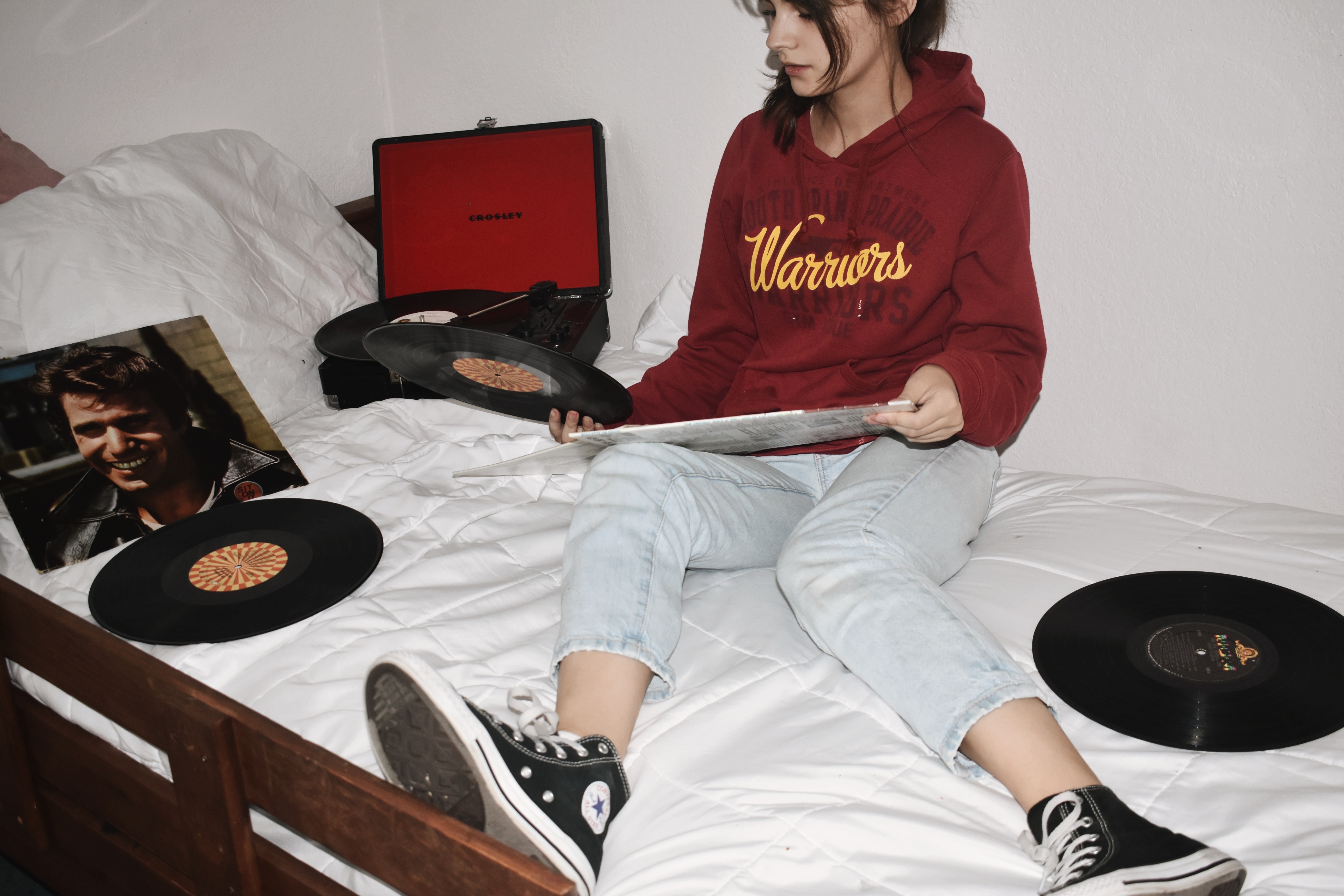
Context
The Covid Pandemic seems to have made people long for the good old days, which translates into nostalgic consumption, from listening to the music that reminds them of happy memories to indulging in snacks they enjoyed back in the 90s. Surfing on this nostalgia wave, Miller Lite even released a limited edition line of Bar Smells candles that plunge people back into party moods.
Why are these nostalgic products so successful today? Is it because they bring back happy memories to those who have already used them? In this case, personal nostalgia (ie the preference for products associated with one’s personal past) would be at work here. Granted this is a seductive argument, but it fails to explain why cool kids would suddenly buy Katy Perry’s, Daft Punk’s or Taylor Swift’s vinyl albums, when they have always had MP3s. In an article published in 2021, Han and Newman argue that communal nostalgia (ie the preference for products associated with the past at a cultural or societal level but that are not directly part of one’s personal history) could be a satisfactory explanation for this phenomenon.
Research questions
While previous research has investigated the causes and impacts of personal nostalgia, Han and Newman suggest that communal nostalgia may be more relevant to understand consumer behavior in uncertain times. Their article is founded on system justification theory that postulates that people have motive to seek stability in organizations, economic systems and governments. This willingness to maintain stability can affect consumption choices. Therefore, the authors aim at answering the question: why do people turn to nostalgic products in times of trouble?
Method
To answer these research questions, the authors conducted 3 studies manipulating system stability (threatened social system VS stable social system):
– Study 1 was conducted on 386 participants who were asked to listen a vinyl record player after reading a short text stating that American society’s values were either threatened or stable.
– Study 2 involved 397 participants who were asked to choose between consuming a retro product or its modern equivalent after being submitted to different system stability conditions.
– In study 3, the reactions of 531 participants were evaluated after they were assigned different system stability conditions and products with more or less important associations with America’s history and past.
The authors were careful to measure both personal and communal nostalgia, by asking the participants if they shared a personal connection with the retro product.
Results
– Overall, when the social system is threatened, consumers find the consumption of retro products more enjoyable and are more willing to buy them over modern alternatives than when the social system is stable.
– This effect seems to be driven by consumers who do not share a personal history with the retro product. Indeed, individuals who were personally nostalgic of the retro product seem to be at the top of their retro consumption enjoyment and purchase intention whether the system is threatened or not, while system threat increases both retro consumption enjoyment and purchase interest among consumers who do not share a personal history with the retro product. In other words, communal nostalgia rather than personal nostalgia increases retro consumption in times of social instability.
– When the social system is threatened, participants search for things that can provide them with a sense of stability, which translates into a stronger preference for high communal nostalgia products than when the social system is stable. This finding is consistent with the fact that in times of instability such as wars, depressions or natural disasters, consumers try to maintain social structures stable through consumption.
– These results do not vary across gender or age or political ideology categories. However, the more religious the consumer, the higher the effects described above, which is consistent with the fact that religiosity is often associated with the conservation of social structures.
Why is this article relevant for researchers?
This article ultimately proves causal effects for communal nostalgia that had been long suspected but never demonstrated through experimentation. Moreover, it shows that personal and communal nostalgia do not share the same causal antecedents. Though innovative, this research focuses on one of the potentially many antecedents of communal nostalgia and opens a large breach into which researchers could rush into.
The findings also suggest an impact of religiosity on communal nostalgia in times of uncertainty. Future research could endeavor to define more precisely the role of conservatism in communal nostalgia, whether it comes from religiosity, political views, education, cultural background or age.
The need to defend social structures and collective identity in troubled times resulting in communal nostalgia could also explain the consumption of religious artefacts or any brand that shares values that are being threatened or brands that thrive thanks to communities.
Why is this article relevant for professionals?
The authors advise professionals marketing nostalgic products to carefully decide on which framing they should bet. When addressing consumers who share a personal history with the retro product, marketers should emphasize the personal history and bonds between the product and its audience, since these consumers look for a way to recall personal memories. For instance, Polaroid’s limited edition Barbie Throwback instant camera was obviously marketed to remind people of their childhood games. In the same vein, Roger Hargreaves is back with an updated grow-up version of his iconic Little Miss and Mr Men books. Conversely, when addressing consumers who do not share a personal history with the retro product, marketers should focus on the retro product’s capacity to remain stable throughout difficult times, since these consumers seek things that provide them with a sense of stability. For instance, Levi’s advertises its “classic” models. Converse is also known to play the iconicity card in their communication, emphasizing its strong association with the American culture and of course, with basketball, which gives it a timeless aura.
Marketers should be aware that collective identity, and not only personal identity, may influence consumer behavior, particularly in times of uncertainty. The need to preserve one’s collective identity may translate into the consumption of products and brands that provide this sense of community. For instance, at the beginning the Covid crisis, the reopening of a Mc Donald’s drive-through caused an enormous traffic jam. Since restaurants were a place of conviviality and Mc Donald’s defends such values as sharing and enjoying simple things with our loved ones, it is not surprising that people felt the urge to recreate this atmosphere at home during the lockdown. Mc Donald’s obviously understood the craving and used it as a theme for its “Welcome Back” campaign.
